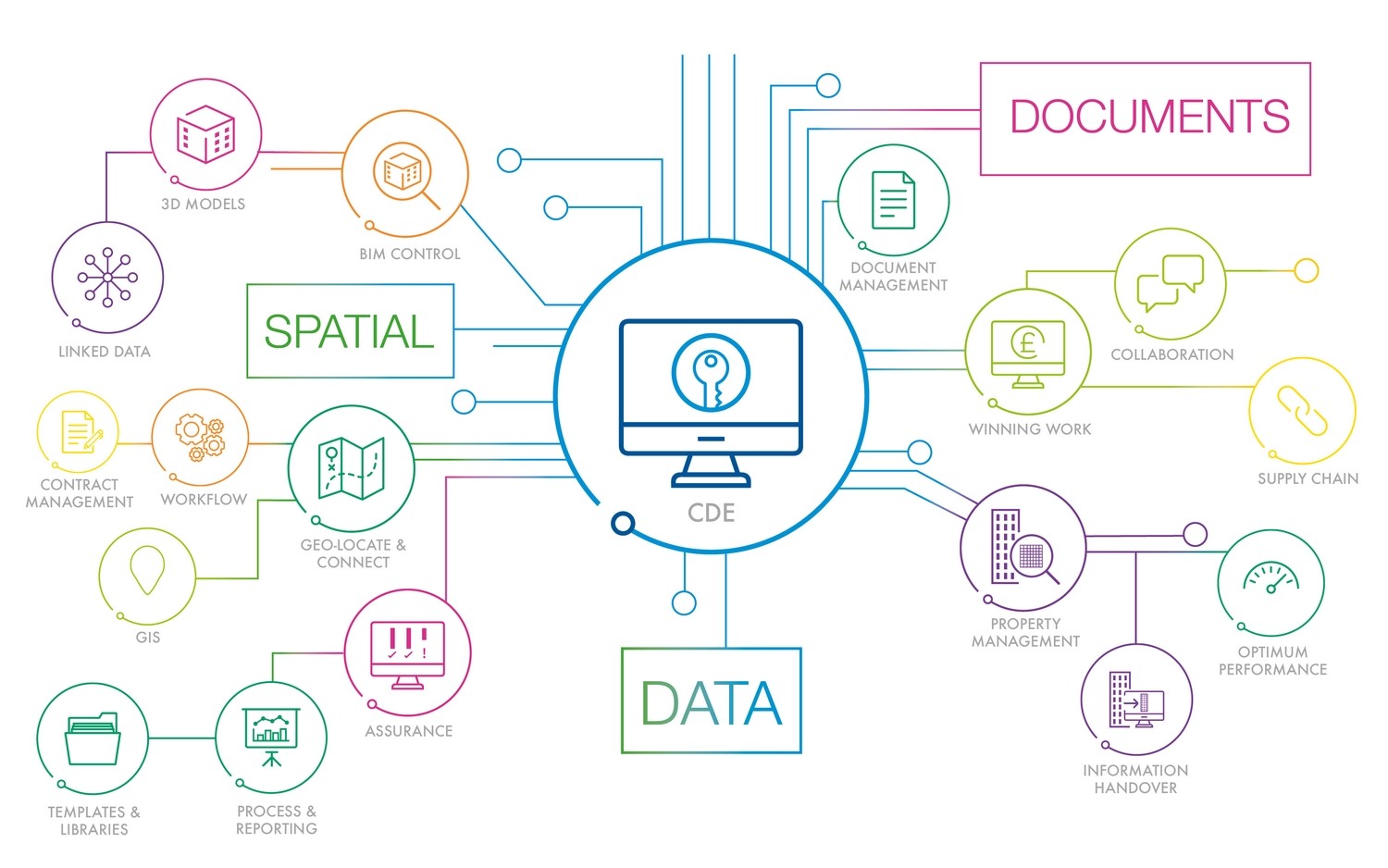BIM project management from practice

By now, many of you are familiar with the term BIM. But what exactly is the purpose of BIM within projects? Efficiency, effectiveness, better quality with less effort; many people in the construction industry know these buzzwords. We all want (even) better quality, especially if it takes less effort. But does less effort by the consultants of a project also mean better quality with an equal or lower cost price for the client?
Model as tool, database as BIM
When we are asked to serve as BIM project managers at Based, we typically supervise the project teams on behalf of clients who use the BIM models as an instrument for asset management, such as housing corporations and Schiphol Airport. In this process, we often form the link between the BIM team at the organizational level and the project teams. In other words, we test the requirements as formulated by this BIM team in practice and bring back the feedback and experiences from that practice so that the requirements can be sharpened.
The client is working hard at identifying its data needs and can immediately get to work with the delivered projects to continue setting up the assets with the help of the BIM models. Yet all parties are often still pioneering. For example, the client hears at a BIM conference that “all information must be accessible centrally and everyone must work with 3D (BIM) models.” They often fail to realize that having central access to information does not mean that the 3D (BIM) model is the only information carrier. The 3D model is only one part of BIM, which, together with the other information provided, is accessible in a database or CDE. The advisors participating in the BIM team ensure that this image is adjusted. But because of this, frequently too much information is demanded in the 3D model during the request to the project team. While the goal is to have a more effective process, or a more effective flow of information, it has been shown that it is not always effective to include all the information in the 3D model…
The project team thinks along
On the other hand, the project team members do not always realize what the client needs. They want to provide everything the client asks for, but does the client really need that in the 3D model, or can some of the information be supplied differently? The result is that information is sometimes incomplete or inconsistent in the models.
The best projects occur when we can get the project team to look at the requested information critically. And in doing so, we invite them to delve into “what is the requested information is being used for?” With these project teams, we then collectively try to answer the question behind the question. To develop a solution where the client receives the quality of information they are requiring. The project team can also provide this information in less time and thus at a lower cost – in short, a more efficient way.
Tip 1: Think of BIM as a database and not just the 3D model. Not all required information needs to come directly from a BIM model;
Tip 2: As the client, manage the quality of the requested information. Are you getting what you are asking for?
Tip 3: Facilitate direct communication. Remove the barriers.
Communication and understanding
In determining which information will be processed in a BIM model and which will be processed in a BIM database – and in processing the information requested by the client – good communication is essential. What data is needed, and where does the client want to find it? This is often not quickly and efficiently thought out and conveyed. If the parties do not yet know each other, it is certainly not evident that a consultant immediately knows what the client meant, and vice versa. Therefore, as BIM project managers, we always advise and encourage a warm transfer when transferring information. Our experience is that if there has been no warm transfer of data, more time is lost due to discussions afterward than if the warm transfer has taken place. By removing the barriers and communicating more directly, more understanding for each other's work ultimately follows. As a result, “coming up with solutions together” becomes more and more instinctive.

Conclusion
At Based, we notice in the projects we supervise there is indeed a positive effect on quality versus effort. Because clients who want to use BIM for asset management are guided by BIM professionals, for example, a good division is made between what data is generated from BIM models and what data is centrally accessible via a BIM database in another way. The clearer the request to project teams is, the more consistent the information delivered will be. All of this requires proper communication. An online platform is one thing, but it also allows you to upload and download data without explanation. And that explanation makes all the difference when it comes to the warm transfer of information.
Are we there yet? Better quality at the same or lower cost for the client? It’s not going to be easy, but we are well on the way!
Based has advanced knowledge and experience in the field of BIM project management. Do you want more information or want to get started directly within your project? Please contact Hanneke Pronk at hanneke@based.co.nl.

